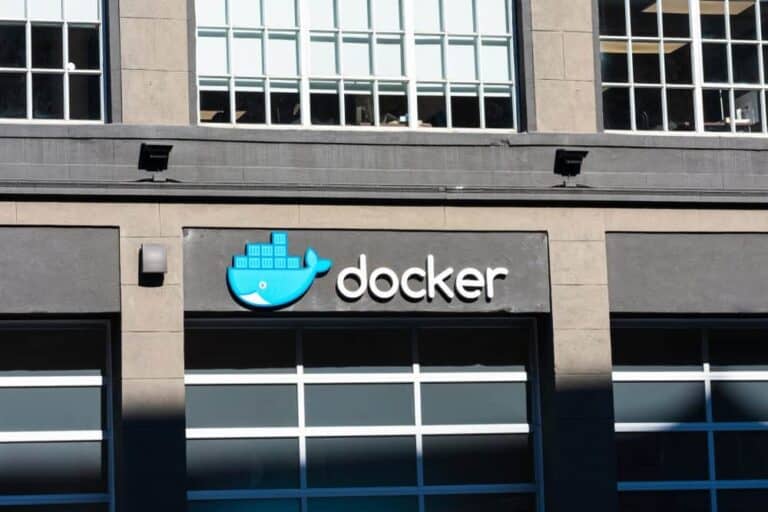Docker is launching a new subscription service for its Hardened Images catalog. The secure container images are designed to help organizations achieve near-zero CVEs without the high costs that were previously associated with this.
With this launch, Docker is committed to democratizing container security. Every developer often starts their journey at Docker Hub. According to the company, this first step should be secure by default, without a premium price tag.
Organizations from startups to enterprises can now pursue near-zero CVEs without compromise. Docker is repeating its role from the past, when it made containers accessible to every developer.
No more premium price tags
The container sector is getting a new boost now that Docker Hardened Images is available through an add-on subscription. Organizations can now get unlimited access to the entire catalog of hardened images. Logged-in users can immediately start a free 30-day trial.
For many teams, secure images have been out of reach until now due to high costs. This situation led to unequal protection within organizations. With a single Hardened Images subscription, every team gets access to the entire catalog: unlimited, secure, and always up to date, Docker explains.
Broad support for modern development
The catalog covers the full spectrum of today’s development needs. Machine learning and AI images, such as Kubeflow, are central, alongside traditional programming languages and runtimes like Python. Databases such as PostgreSQL, application frameworks such as NGINX, and infrastructure services, including Kafka, are also included.
Especially for US government organizations, the catalog contains FedRAMP-ready variants. These images are designed to comply with federal security requirements without additional configuration immediately.
Minimal approach dramatically reduces risks
Docker’s hardening approach is distinguished by its construction from source code. Images are continuously patched from upstream and hardened by removing unnecessary components. This minimal approach not only results in a smaller attack surface but also produces images that are up to 95 percent smaller than alternatives.
Each image includes VEX (Vulnerability Exploitability eXchange) support. This allows teams to cut through the noise and focus on vulnerabilities that really matter.
The migration to Docker Hardened Images remains simple for developers. Changing a single line in a Dockerfile is all it takes to make the switch. Teams can further customize hardened images with system packages, certifications, and tools without losing the hardened foundation.
Tip: Docker launches Docker Desktop for Linux and Docker Extensions
